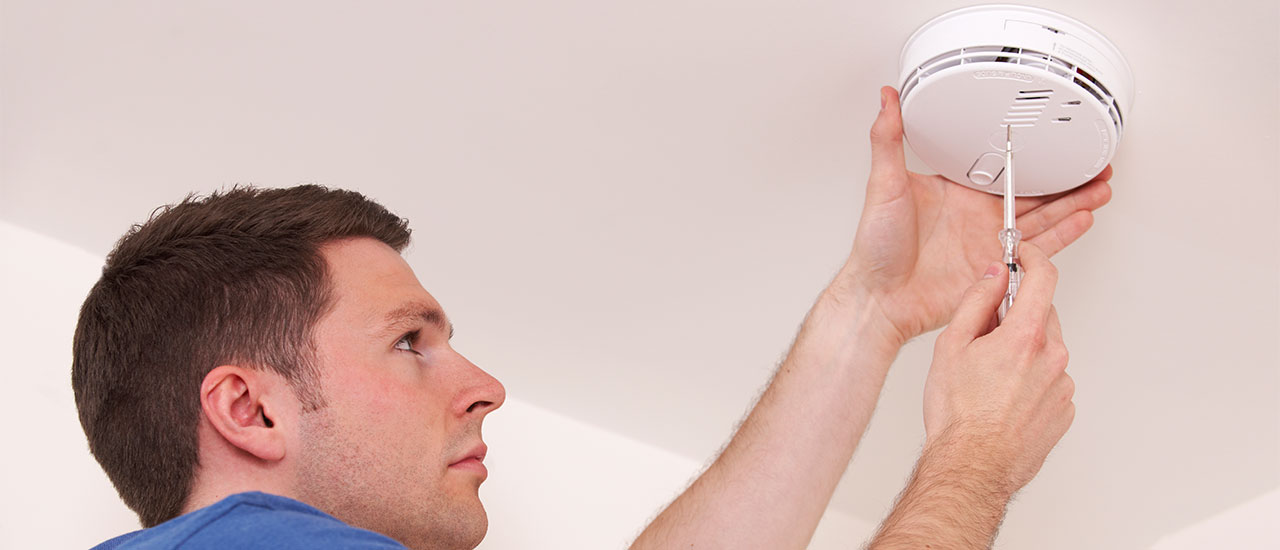A Step-By-Step Guide: Installing Edwards Alarm Systems In NYC Hospitals

Fire safety is a paramount concern in any healthcare facility, and New York City’s hospitals are no exception. Ensuring the safety of patients, staff, and visitors is a top priority, and one crucial element of achieving this goal is the installation of reliable fire alarm systems. Among the trusted names in the fire alarm industry, Edwards alarm systems stand out for their quality and dependability.
In this comprehensive guide, we will walk you through the step-by-step process of installing Edwards alarm systems in NYC hospitals. Whether you’re a seasoned fire alarm technician or a facility manager looking to enhance safety measures, this guide is designed to provide valuable insights into the installation of these critical systems.
Assessing Hospital Needs
Before diving into the installation process, it’s essential to understand the specific needs and requirements of the hospital. Each healthcare facility has unique characteristics, such as size, layout, and occupancy, that influence the choice and placement of fire alarm components.
Begin by conducting a thorough assessment of the hospital’s layout and identifying areas that require fire detection and notification. Consider factors like the number of floors, patient rooms, emergency exits, and high-risk areas, such as kitchens and storage rooms. This assessment will serve as the foundation for a customized Edwards alarm system installation plan.
Compliance with Local Regulations
New York City has stringent fire safety regulations in place to protect its residents and visitors. Hospital administrators and fire alarm installers must be well-versed in the local fire codes and regulations to ensure compliance.
Consult with the NYC Fire Department (FDNY) and the Department of Buildings (DOB) to understand the specific requirements for fire alarm systems in healthcare facilities. Compliance with these regulations is not only a legal obligation but also crucial for the safety of everyone in the hospital.
Choosing the Right Edwards Alarm System
Selecting the appropriate Edwards alarm system is a critical decision. It’s essential to choose a system that aligns with the hospital’s needs, budget, and future expansion plans. Edwards offers a wide range of fire alarm products, including smoke detectors, control panels, notification devices, and more.
Consider factors such as the type of detection technology (ionization, photoelectric, or heat detection), the capacity of the control panel, and the compatibility of notification devices with hospital infrastructure. Working closely with Edwards representatives can help you make an informed choice.
Designing the System Layout
Once you’ve chosen the right Edwards alarm system, the next step is to design the system layout. Collaborate with a certified fire alarm designer to create a detailed plan that covers the placement of detectors, pull stations, control panels, and notification devices.
In a hospital setting, it’s crucial to ensure that alarm signals reach all relevant areas, including patient rooms, corridors, and common spaces. The design should also consider the integration of the fire alarm system with the hospital’s overall security and emergency response protocols.
Installation and Wiring
The physical installation and wiring of the Edwards alarm system require precision and expertise. Experienced technicians should handle this phase, ensuring that all components are securely mounted, and wiring is correctly connected. It’s essential to follow manufacturer guidelines and industry best practices.
During installation, rigorous testing and inspections should be conducted to confirm that each device functions as intended. This process includes conducting functional tests, sound level measurements for notification devices, and ensuring all alarm signals are properly transmitted to the central control panel.
Integration and Monitoring
Modern fire alarm systems can be integrated with other building systems, such as security and HVAC. Integration enhances overall safety and allows for more efficient monitoring and response in case of emergencies.
Integrate the Edwards alarm system with the hospital’s existing infrastructure, including building management systems and security systems. This integration should also extend to remote monitoring and reporting capabilities, ensuring that any alarms or faults are promptly addressed by authorized personnel.
Ongoing Maintenance and Training
The installation of an Edwards alarm system is just the beginning of its lifecycle. Hospitals must establish a routine maintenance schedule to ensure that all components of the system remain in optimal working condition.
Additionally, staff training is essential. Hospital personnel, including security personnel, maintenance staff, and even some medical personnel, should receive training on how to respond to fire alarms and emergency situations effectively.
Installing Edwards alarm systems in NYC hospitals requires meticulous planning, compliance with regulations, and a commitment to ongoing maintenance and training. These systems play a crucial role in safeguarding the lives of patients and staff, making them an indispensable part of any hospital’s infrastructure. By following the steps outlined in this guide, you can ensure that your healthcare facility is equipped with a reliable fire alarm system that meets all safety standards and provides peace of mind for all stakeholders.
